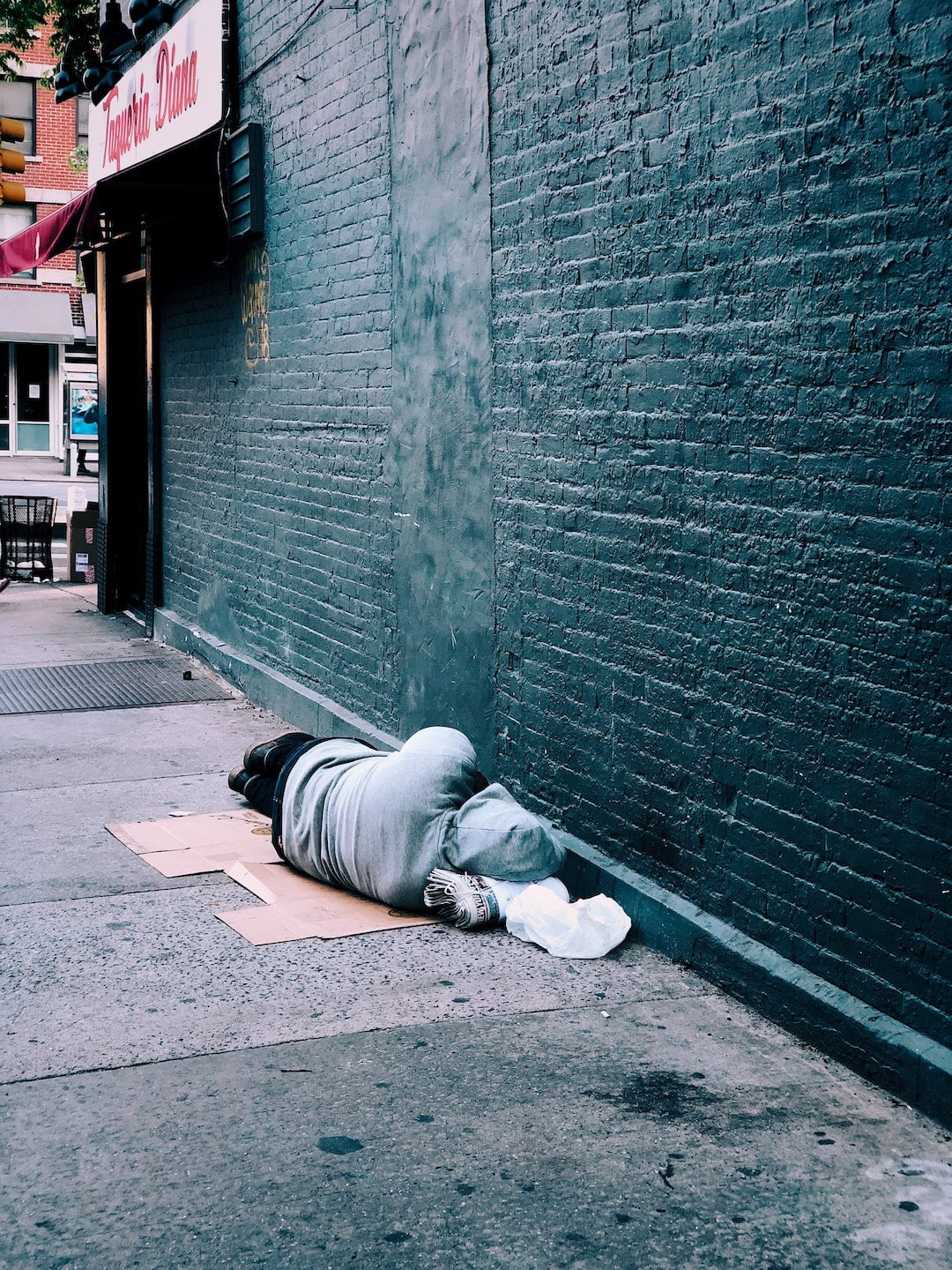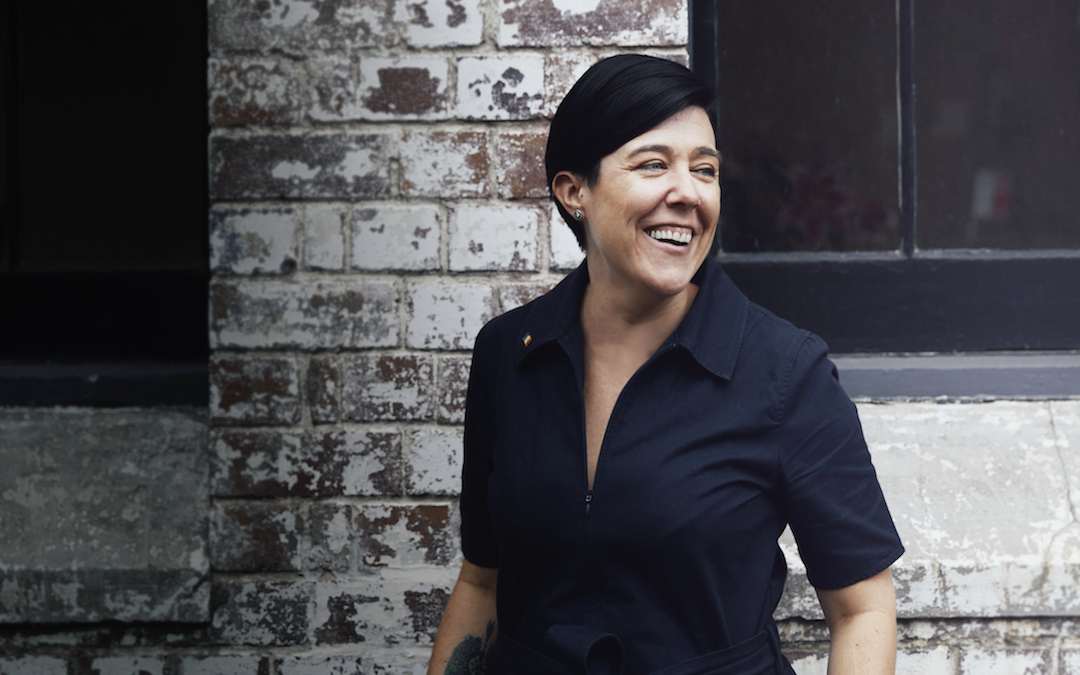Since 1979, Yfoundations has been the NSW peak body representing young people at risk of and experiencing homelessness, as well as representing the services that provide direct support to those young people.
We spoke to their CEO Pam Barker about her passion for helping young people and the way forward in ending cycles of disadvantage.
How did you first become involved with Yfoundations and what drew you to the organisation?
To start with, I have lived experience of homelessness as a young person, so I’ve always had an empathetic understanding of what it was like. I’ve also worked with youth throughout my life. Prior to Yfoundations, I took on a role for a non-profit service that was looking after LGBTIQ homeless young people and just fell in love with the social services sector. I’ve been working in homelessness now for more than seven years, and I’m very passionate about striving for positive outcomes for young people. So, when the role at Yfoundations came up, it was like a glove to the hand. I’ve been here for three years.
What does Yfoundations do?
Yfoundations is the peak body for youth homelessness. Peak bodies advocate and conduct research and analysis of a social issue, a problem or something that supports a group of humans. Here at Yfoundations, we support our member organisations which are made up of youth homelessness services providing direct support to young people, as well as young people who are homeless. Our team are made up of researchers, advocates and policy writers. We also do education and training, and work that informs policy change at a government level as well as the way services deliver their responses to young people. We also share stories of lived experience from young people who have been homeless to make sure the service system meets their needs and the wider community understands the issue at hand.

A large proportion of young people couch-surf, but couch-surfing is one of the least measured forms of homelessness.
On any given night, 28,000 young people can be experiencing homelessness in Australia – a staggering figure. Can you speak to some of the main factors that lead to youth homelessness?
One of the biggest reasons why young people are homeless is domestic and family violence. Young people are known to vote with their feet, and they’re very resilient and empowered at a young age. They tend not to tolerate issues in the home that make them feel scared, that don’t make them feel supported and that don’t allow them to continue education. We find when domestic and family violence happens in the home, young people will try their best to get out and take siblings with them.
Another reason is that there’s a high proportion of young people in out-of-home care in our homelessness sector. We’re currently working with many different organisations across Australia to increase the age of leaving care to 21. Young people tend to go through many different placements in out-of-home care for a multitude of reasons, and then they end up tired, disheartened and alone, and turn to youth homelessness services for help and support.
Another leading cause is definitely mental health and mental health issues at home. If their parents are struggling – if they’ve lost their job, with rising house prices, or stress placed on families due to COVID-19 – we are seeing a lot of young people who are reaching out for help just because remaining at home is not possible.
Youth homelessness is often less visible. What do you think people misunderstand about it?
Youth homelessness isn’t as obvious as someone sleeping rough on the streets. Only a small minority of young people actually sleep rough, and it isn’t for long in some circumstances. A large proportion of young people couch-surf, but couch-surfing is one of the least measured forms of homelessness. Young people will do things like sleep during the daytime, and then ride the trains or stay up skating and hanging out at nighttime with people they know who are also homeless or in a rough predicament. So, young people tend to not look homeless; they just look like young people hanging out. This is why it is very hard for people to understand why the numbers are so high, and increasing. The need is becoming huge, especially when you look at regional and remote areas where you find young people more often sleeping rough just because the services and the infrastructure is not there for them to hide away and not be so visible.
What other differences or challenges are there between cities and regional areas in how young people experience homelessness?
The main thing is there’s no youth specific crisis accommodation whatsoever. More than a third (36 per cent) of 12 to 25 year olds who accessed homelessness services in New South Wales from 2019-2020 were in regional and rural areas. Indigenous young people accounted for 32% of all young homeless people across Australia. As we go out of the cities, we have higher proportions of Aboriginal young people and a lot less services, refuges and temporary shelters. When young people live on Country and want to stay close to their communities, having to move away can be detrimental to their wellbeing and their success in obtaining housing, education and training. You need to be connected to culture, you need to be connected to community. Without that, it is very stressful for a young person to have to face taking their whole life and moving somewhere different. And if you’re not earning enough and there’s no housing, where are you going to go?

More than a third (36 per cent) of 12 to 25 year olds who accessed homelessness services in New South Wales from 2019-2020 were in regional and rural areas.
YFoundations is underpinned by the five foundations you believe are necessary to a child’s wellbeing. Can you talk us through these foundations and how each one is important?
We know from a psycho-social perspective that young people need these five foundations in order for them to be successfully functioning. The first is safety and stability. This is when you feel safe, you’re in an environment where you can be yourself psychologically, you’re emotionally cared for, you’re physically safe and your life is not in threat.
The second is home and place. You need a place to call your own, at least your own bed in your own bedroom; somewhere where you can relax, study and feel like you belong.
The third is health and wellness. Without safety and stability, home and place, how can you maintain your physical and mental health? We know young people who have experienced homelessness have a high prevalence of sexual health issues and physical health issues.
The fourth is connection and participation. Everybody wants to feel cared for, like they have a place to belong, that they have friends and can be participants in their own life, not bystanders. This improves their mental health and physical wellbeing, and also allows young people to learn, get an education and go on to employment, which then takes them out of poverty.
This brings us to education and employment. We want them to be educated and trained and to feel fulfilled in their lives.
So we have these five foundations that really underpin wellbeing and that are an important component of a child or young person’s developmental process. Without them, we are creating trauma, we are creating poverty and we are creating disadvantage, which does not lead to ending the cycle to youth homelessness. What we do know is each instance of homelessness as a child or young person leads to chronic homelessness and disadvantage as an adult.
Is there more awareness now around young people’s mental health?
I think there is more awareness and there has been so much funding put into the mental health space. One thing COVID-19 has been a blessing with is telehealth: being able to see doctors and psychologists online. However, a lot of young people do really need that face to face. So, while systems are improving and our understanding and accessibility is improving, we’re only now just catching up and meeting the need. I definitely think more investment needs to be made. It would be nice if psychological support was bulk-billed. Young people suffer from many ailments like depression, anxiety, trauma, PTSD, and people don’t see these as necessarily young people’s mental health issues – they usually think it’s just part of growing up, or that it’s the young person’s rite of passage to be depressed. But if we invest early in young people, if we make services and psychological interventions available, we could actually take a preventive preventative approach to mental health. We can help young people from the start before things get more complex and mental health issues turn into more chronic conditions. We know with young people who face homelessness, the mental health issues they have to deal with are one of the biggest challenges. If we can have a mental health support system, homelessness services and social services that respond to young people in the way that they need, we will be able to meet young people where they’re at, provide the support and interventions needed, and have them on their pathway to becoming successful adults.

How can people get involved with YFoundations?
We’re lobbying the government to commit to a national child and youth homelessness strategy. You can jump over to our website to sign our petition. If you can support our research and advocacy in any way, there’s options on our website to do so.
Another way to get involved is to make people around you aware of youth homelessness: because even if you can’t see it, it doesn’t mean it doesn’t exist. Next time you talk to somebody on the street or someone in school, or you see a young person passing by, give them a smile and understand that there may be more going on than what meets the eye.
Check out some other great Australian charities helping those doing it tough, such as Orange Sky and Alex Makes Meals.

